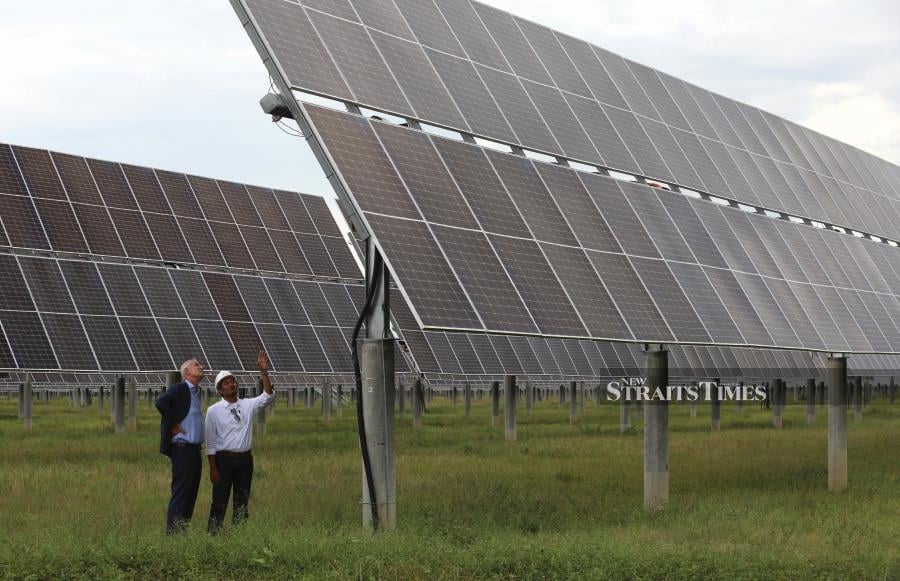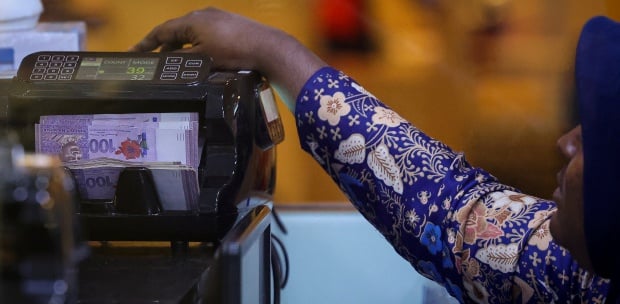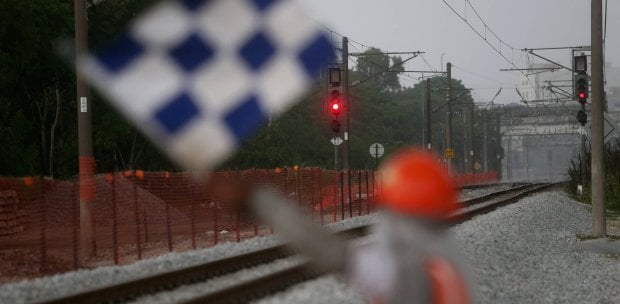THE Sun Also Rises may be the title of Ernest Hemingway's famous novel, but it is beginning to have a whole new meaning in this extreme weather-battered world.
Global investments in solar energy are set to reach US$500 billion this year, reveals a report by the International Energy Agency (IEA), an intergovernmental organisation. Not too far from the slightly over US$1 trillion being invested in oil, gas and coal.
Two things are working for solar energy. One is the cost of building a silicon cell — the basic component of the solar panel — which is going down in a big way. Higher production of solar cells means lower prices.
Government incentives, the second thing, are also driving the solar economy up. This is a cost to the government coffers in the short term, but a savings of tremendous proportion in the long run. Governments around the world are finding ways to welcome the sun.
Start with cost. Here lies an irony. Two nations that often trade blows — the United States and China — have stood on each other's shoulders to make solar energy affordable.
The US started the sun-driven economy going when it invented the solar cell from silicon in 1954. But the cost of a solar cell remained prohibitive until China joined the renewable energy game, bringing down the cost of solar photovoltaic (PV) — the voltage produced by sunlight — by 80 per cent, making it the most affordable electricity generation technology in many parts of the world, another IEA report reveals.
Clean, renewable and cheap. What else can the world ask for? Not so quick, we say. Renewable and cheap, yes, but not so clean. This is because solar PV manufacturing is mostly powered by fossil fuels.
Is the sun also rising in Malaysia? Yes, according to the Malaysian Investment Development Authority (Mida) website. Quoting various sources, Mida says since 2011, the growth of solar PV has been on a steroid high: a compound annual growth rate of 48 per cent of installed capacity.
This is good for Malaysia, whose aim is to reach net zero target by 2050. One reason for the compound growth can be attributed to the government's Net Energy Metering (NEM) scheme that incentivises property developers to invest in solar energy systems.
NEM, which is now in its third generation, allows property developers various financing options and incentives to put solar panels on every roof — if not for now, at least in the future. For other businesses like hotels and factories, tax incentives are pull factors.
For those who bought homes before NEM made its appearance, installing solar panels is a way to save the Earth from warming while slicing energy bills.
Installation costs of solar panels for homes ranges from RM15,600 (eight panels) for a terrace house to RM28,000 (16 panels) for a semi-detached house and RM41,600 (32 panels) for a bungalow, according to one solar panel-installer website.
There isn't much of a tax incentive for homeowners as there is for developers, but still, this is the way for homeowners to help keep the Earth from warming. If we do that, Here Comes the Sun will be more than a song.





